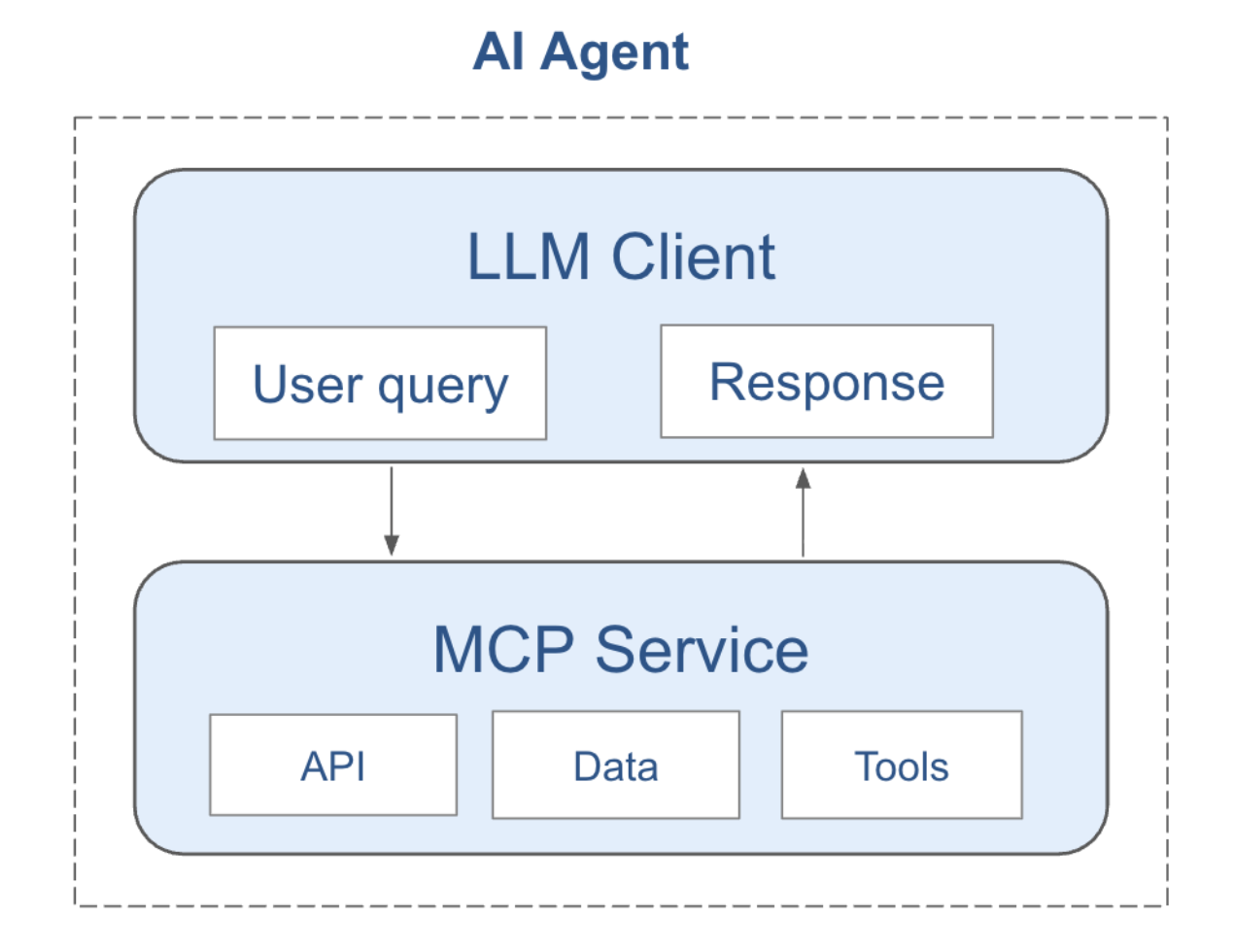
October 15, 2023
October 15, 2023
Ebbs and Flows: the Western US Water Outlook for 2021
.jpg)
This post was co-authored by Ken Westrick (Founder and CEO of Climatics) and Dr. Ray Schmitt (Co-Founder and President of Salient Predictions).
Water availability has become a majorly pressing issue throughout the world, and one that will only become even more urgent going forward. Climate change, growing populations, and competing – and often conflicting – demands for water have combined to increasingly push water availability into the margins. In the US this is most pronounced in the western part of the country, where climate patterns can substantially change year to year, resulting in a boom-or-bust cycle for water-dependent industries.
To better quantify the seasonal-to-annual water risks in the western US, Salient Predictions and Climatics have teamed up to couple Salient’s long-range temperature and precipitation forecasts with Climatics’ site-specific water and energy forecasting capabilities. Salient produces the world’s most accurate seasonal and long-range weather forecasts, which are based on insights into the role of the ocean combined with innovations in machine learning. Jointly, we are developing a new suite of energy products to accurately forecast future supply and demand of wind and solar power, which can be combined with Climatics’ hydropower forecasts for a complete renewable energy forecast. Climatics employs sophisticated hydrology models treating soil moisture, snow pack and local topography in regional watersheds.
As we enter a new year – one with much uncertainty around how the water supply situation will evolve in the western US through next Fall – we’d like to provide a flavor of what we see as likely for two key watersheds.
Two Current Critical Forecast Regions

Currently, our forecasts cover two major western US watershed regions:
- The Columbia River Basin (CRB), encompassing seven US States and one Canadian Province; with over 400 dams it is the largest hydropower production region in North America. Our forecast region includes all the area upstream of the Dalles Dam, which is located east of Portland, Oregon.
- The two major watersheds in northern California (NoCal), including the Sacramento and San Joaquin rivers, which include a major portion of California’s hydropower production as well as key agricultural regions.
Both the CRB and NoCal regions have significant economic risk exposure to low water, affecting everything from hydropower production to agriculture and aquaculture to fresh water supply to wildfire risk.
For the water supply forecasts discussed below, we focus on total volumetric flow for the critical April-September 2021 timeframe for both regions. In addition, because the Columbia system is so large and can experience significant differences in weather across the watershed, we further break this watershed into four smaller regions, as shown in Figure 2 below.

Columbia River Basin Forecast
The water supply forecast for the CRB is quite optimistic, with estimates that the April-September flows at the Dalles Dam, a major lower Columbia River dam, will be slightly more than 120% of normal, which equates to a one-in-five-year high flow event. This higher-than-normal summertime flow is due to a much wetter Salient Predictions forecast over much of the Columbia River Basin, especially in the northern and eastern reaches in the January-March 2021 period (Figures 3 and 4 below).


The basin average snow water equivalent over Regions 1 and 2 (Figures 5 and 6 below) reveals a slightly below-average snowpack at the start of 2021, with a recovery passing through normal throughout January, then peaking at roughly 30-40 percent above normal snow water equivalent, with the peak snowpack arriving 2-3 weeks later than normal. One can also glean from the graph that the snow season will be extended by about the same time frame – two to three weeks – good news for late Spring skiers! The later melt equates to a later runoff period, increasing the late Spring and early Summer flows into the Columbia system. Overall, we’re anticipating a positive water supply picture for the CRB, good news for water supply managers (and skiers, too!).


Northern California Forecast
Unfortunately, for the two Northern California watersheds, another ebb water supply year is on the horizon. The expected average April-September flows on the Sacramento and San Joaquin rivers will be about 70% of normal, with slightly more flow in the Sacramento River. More concerning, however, from both an agricultural and wildfire perspective, is the drought situation. We are beginning 2021 with a severe-to-extreme drought over nearly all of northern California (Figure 7 below).

Salient’s temperature and precipitation forecasts also show a continuation of warmer- and drier-than-normal conditions extending throughout 2021, with significantly anomalous conditions next Summer (July 12th-October 10th, shown in Figures 8 and 9 below).


The average soil moisture in the deeper soil layer (Figure 10 below) reveals that there is not a recovery to average in soil water conditions, and we are forecasting the situation next Summer and Fall to again be a one-in-10-year drought event.

Forecast Conclusions
The forecasts we show here are directionally consistent with what we would observe in a typical La Niña year, but with much more specificity regarding the geographic and temporal evolution of these patterns, achieved due to Salient’s more accurate weather forecasting and more sophisticated hydrological modeling from Climatics. The CRB will enjoy a more plentiful water supply situation and, unfortunately, the northern California region will see another year of low water flows and a continuation of drought conditions.
October 15, 2023
October 15, 2023
Ebbs and Flows: the Western US Water Outlook for 2021
.jpg)
This post was co-authored by Ken Westrick (Founder and CEO of Climatics) and Dr. Ray Schmitt (Co-Founder and President of Salient Predictions).
Water availability has become a majorly pressing issue throughout the world, and one that will only become even more urgent going forward. Climate change, growing populations, and competing – and often conflicting – demands for water have combined to increasingly push water availability into the margins. In the US this is most pronounced in the western part of the country, where climate patterns can substantially change year to year, resulting in a boom-or-bust cycle for water-dependent industries.
To better quantify the seasonal-to-annual water risks in the western US, Salient Predictions and Climatics have teamed up to couple Salient’s long-range temperature and precipitation forecasts with Climatics’ site-specific water and energy forecasting capabilities. Salient produces the world’s most accurate seasonal and long-range weather forecasts, which are based on insights into the role of the ocean combined with innovations in machine learning. Jointly, we are developing a new suite of energy products to accurately forecast future supply and demand of wind and solar power, which can be combined with Climatics’ hydropower forecasts for a complete renewable energy forecast. Climatics employs sophisticated hydrology models treating soil moisture, snow pack and local topography in regional watersheds.
As we enter a new year – one with much uncertainty around how the water supply situation will evolve in the western US through next Fall – we’d like to provide a flavor of what we see as likely for two key watersheds.
Two Current Critical Forecast Regions

Currently, our forecasts cover two major western US watershed regions:
- The Columbia River Basin (CRB), encompassing seven US States and one Canadian Province; with over 400 dams it is the largest hydropower production region in North America. Our forecast region includes all the area upstream of the Dalles Dam, which is located east of Portland, Oregon.
- The two major watersheds in northern California (NoCal), including the Sacramento and San Joaquin rivers, which include a major portion of California’s hydropower production as well as key agricultural regions.
Both the CRB and NoCal regions have significant economic risk exposure to low water, affecting everything from hydropower production to agriculture and aquaculture to fresh water supply to wildfire risk.
For the water supply forecasts discussed below, we focus on total volumetric flow for the critical April-September 2021 timeframe for both regions. In addition, because the Columbia system is so large and can experience significant differences in weather across the watershed, we further break this watershed into four smaller regions, as shown in Figure 2 below.

Columbia River Basin Forecast
The water supply forecast for the CRB is quite optimistic, with estimates that the April-September flows at the Dalles Dam, a major lower Columbia River dam, will be slightly more than 120% of normal, which equates to a one-in-five-year high flow event. This higher-than-normal summertime flow is due to a much wetter Salient Predictions forecast over much of the Columbia River Basin, especially in the northern and eastern reaches in the January-March 2021 period (Figures 3 and 4 below).


The basin average snow water equivalent over Regions 1 and 2 (Figures 5 and 6 below) reveals a slightly below-average snowpack at the start of 2021, with a recovery passing through normal throughout January, then peaking at roughly 30-40 percent above normal snow water equivalent, with the peak snowpack arriving 2-3 weeks later than normal. One can also glean from the graph that the snow season will be extended by about the same time frame – two to three weeks – good news for late Spring skiers! The later melt equates to a later runoff period, increasing the late Spring and early Summer flows into the Columbia system. Overall, we’re anticipating a positive water supply picture for the CRB, good news for water supply managers (and skiers, too!).


Northern California Forecast
Unfortunately, for the two Northern California watersheds, another ebb water supply year is on the horizon. The expected average April-September flows on the Sacramento and San Joaquin rivers will be about 70% of normal, with slightly more flow in the Sacramento River. More concerning, however, from both an agricultural and wildfire perspective, is the drought situation. We are beginning 2021 with a severe-to-extreme drought over nearly all of northern California (Figure 7 below).

Salient’s temperature and precipitation forecasts also show a continuation of warmer- and drier-than-normal conditions extending throughout 2021, with significantly anomalous conditions next Summer (July 12th-October 10th, shown in Figures 8 and 9 below).


The average soil moisture in the deeper soil layer (Figure 10 below) reveals that there is not a recovery to average in soil water conditions, and we are forecasting the situation next Summer and Fall to again be a one-in-10-year drought event.

Forecast Conclusions
The forecasts we show here are directionally consistent with what we would observe in a typical La Niña year, but with much more specificity regarding the geographic and temporal evolution of these patterns, achieved due to Salient’s more accurate weather forecasting and more sophisticated hydrological modeling from Climatics. The CRB will enjoy a more plentiful water supply situation and, unfortunately, the northern California region will see another year of low water flows and a continuation of drought conditions.
About Salient
Salient combines ocean and land-surface data with machine learning and climate expertise to deliver accurate and reliable subseasonal-to-seasonal weather forecasts and industry insights—two to 52 weeks in advance. Bringing together leading experts in physical oceanography, climatology and the global water cycle, machine learning, and AI, Salient helps enterprise clients improve resiliency, increase preparedness, and make better decisions in the face of a rapidly changing climate. Learn more at www.salientpredictions.com and follow on LinkedIn and X.



